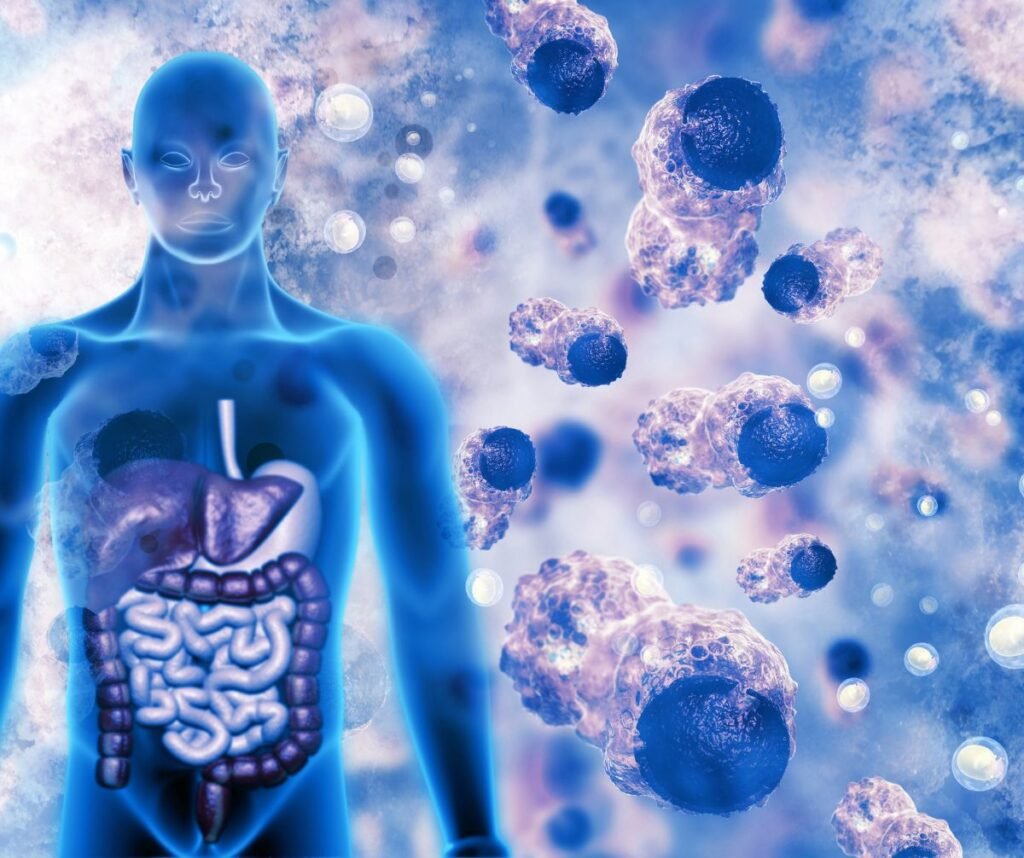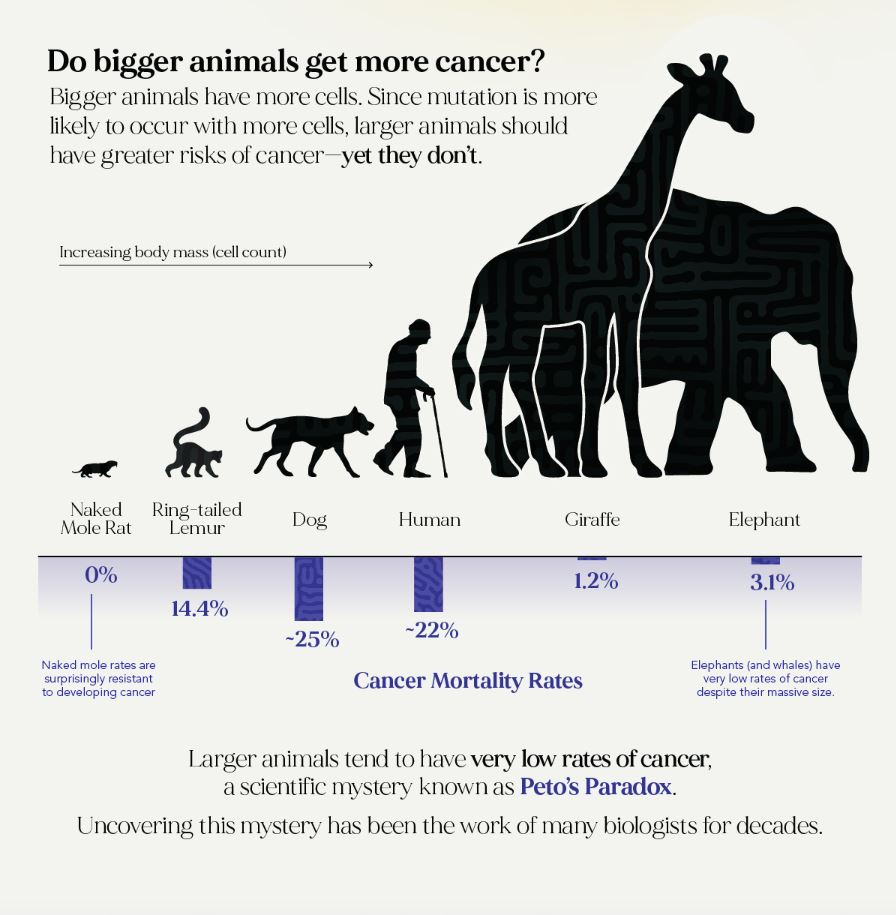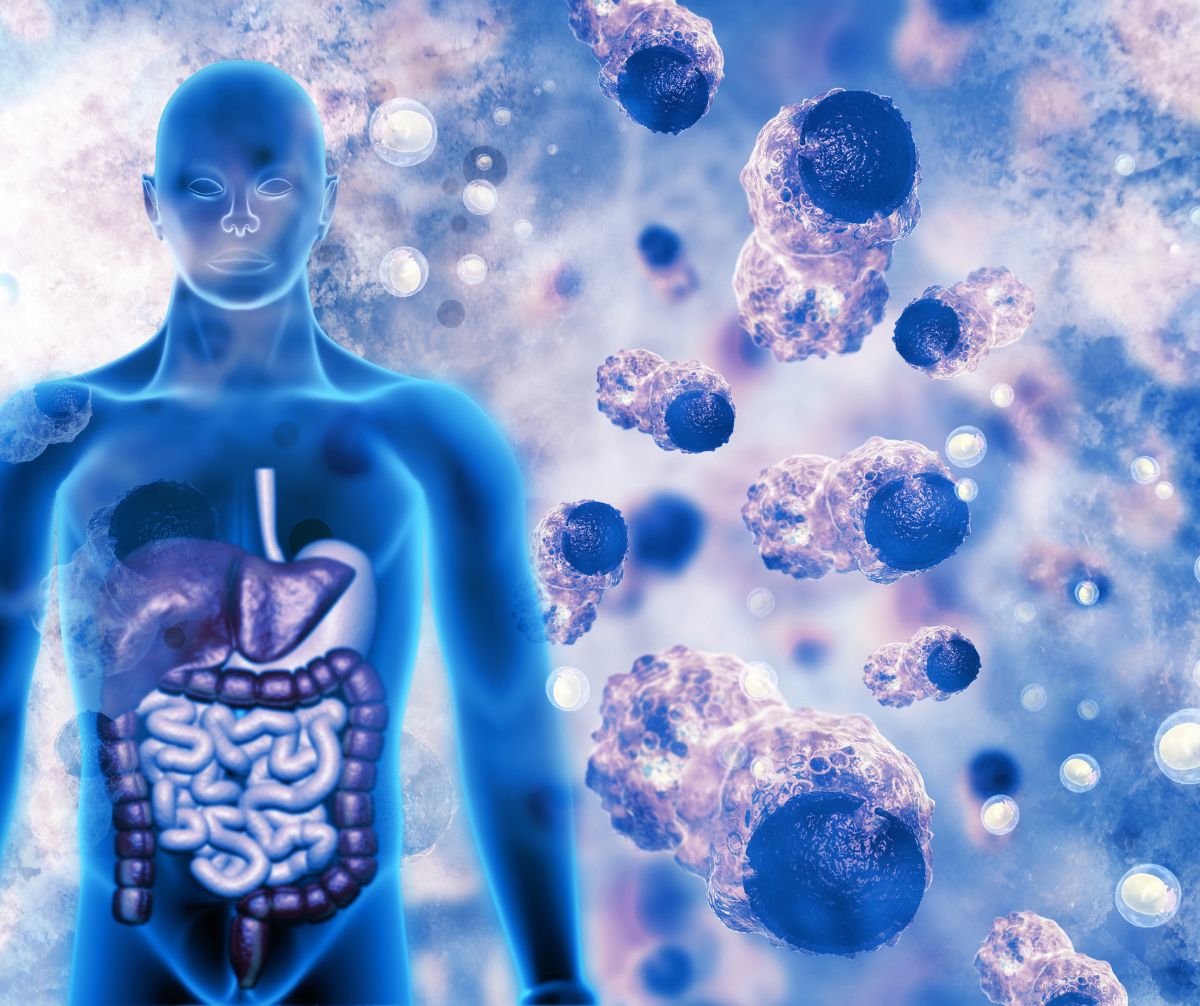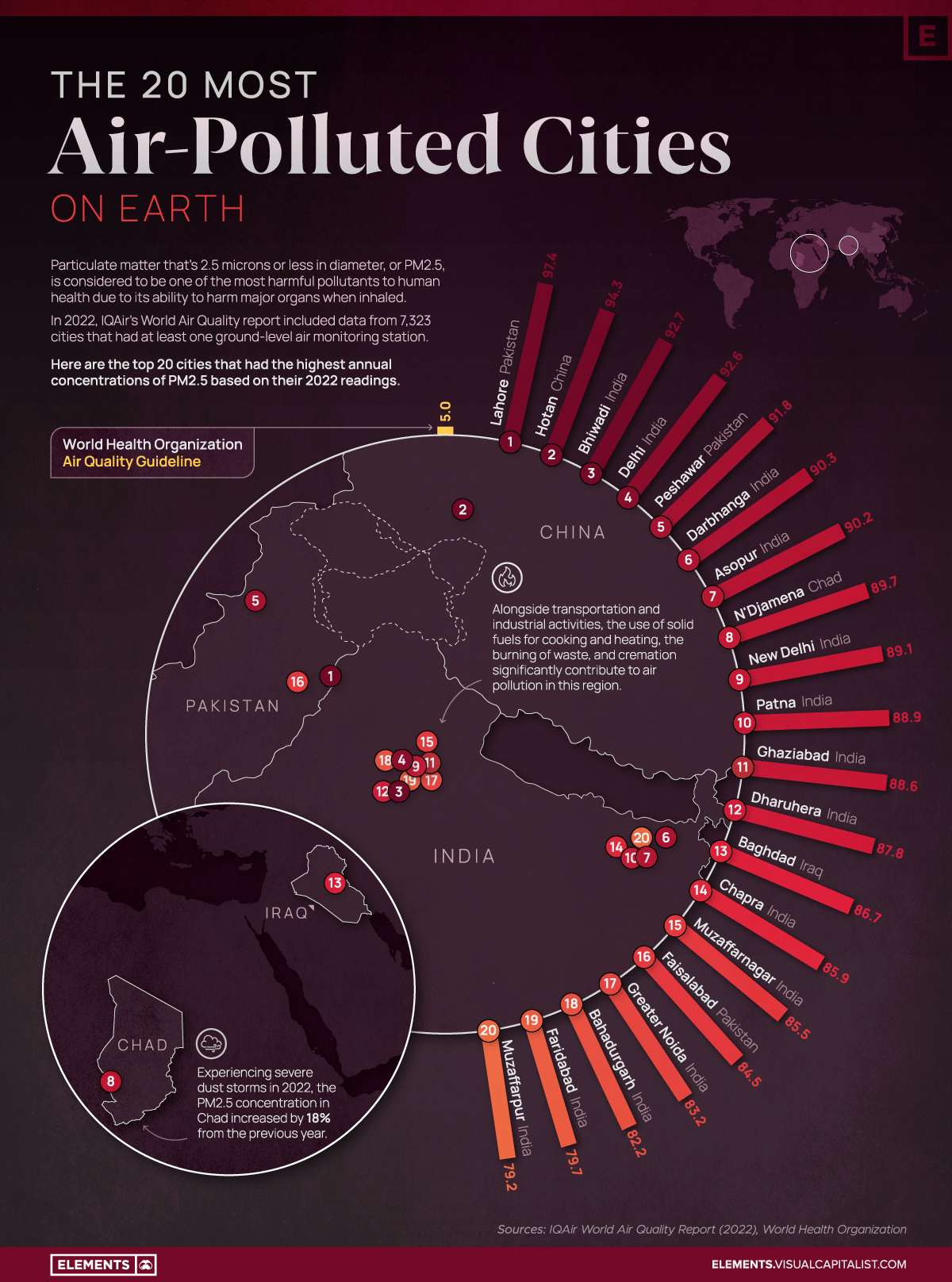Aging and cancer share an intriguing association. At the heart of this relationship lies the accumulation of cellular mutation errors that occur during the division process of cells.
Over time, these errors can give rise to uncontrolled cell growth, leading to the development of cancer.

Intricate DNA repair mechanisms have evolved within organisms to counteract the constant occurrence of mutations.
These mechanisms are responsible for detecting and repairing errors in the DNA sequence, minimizing the impact of mutations on cellular function.
While it is true that larger animals have a higher number of cells and a greater chance of mutations, they also possess more robust and sophisticated DNA repair systems, capable of effectively mitigating the potential damage caused by these errors.

Contrary to our assumptions, it appears that species with slower mutation rates tend to have shorter lifespans, while those with higher mutation rates exhibit longer lifespans.
This paradox raises intriguing questions about the interplay between DNA errors, evolutionary adaptations, and the balance between cancer susceptibility and aging.

Understanding the intricacies of mutation rates and their impact on lifespan holds significant implications for cancer research and treatment strategies.
By gaining insights into the underlying mechanisms that contribute to longer lifespans and reduced cancer susceptibility, scientists can explore novel avenues for developing targeted therapies, prevention strategies, and interventions that aim to enhance DNA repair mechanisms or mimic the physiological traits of longer-lived species.



